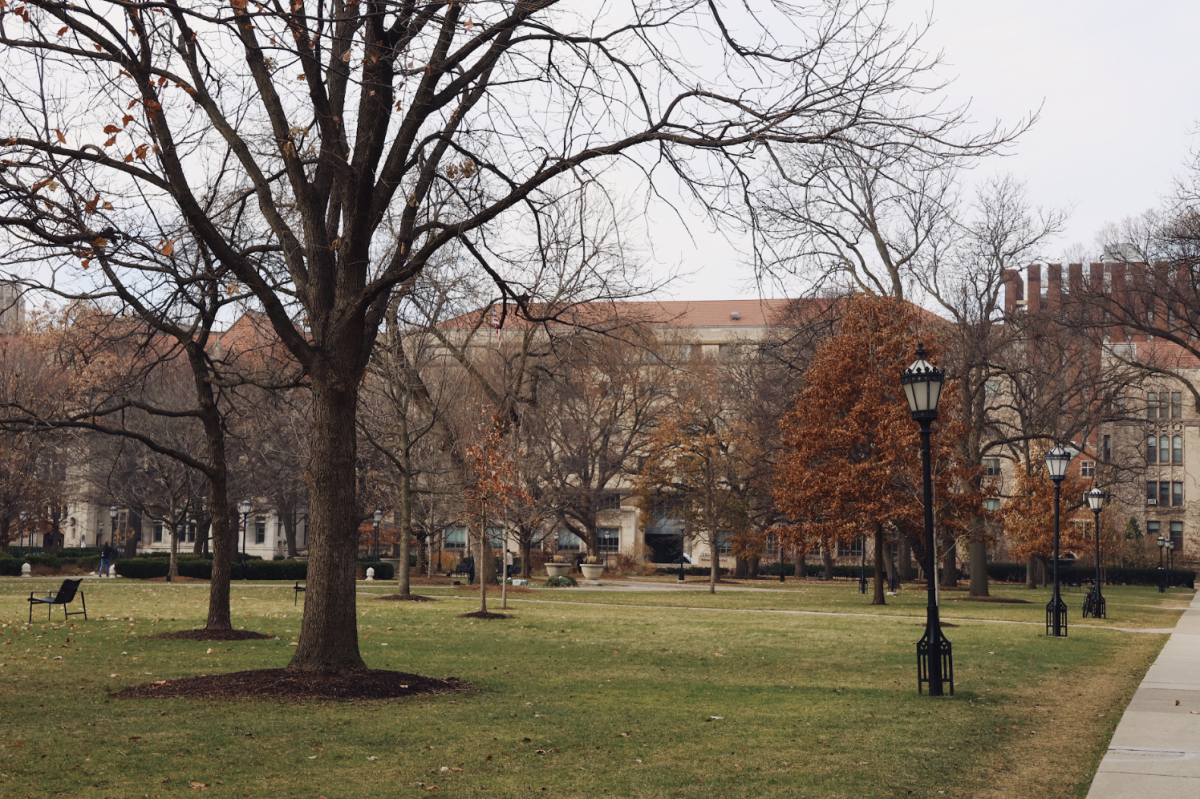I am one winter quarter in Paris away from completing Civ, and, in so doing, the entirety of my Core requirements (aside from a bit of Core workout that will earn me my final and much put-off P.E. credit). About two weeks ago I picked up, and with shameless excitement looked over, the list of next quarter’s required reading for European Civ. You can probably guess how it went: Machiavelli, More, Voltaire, Kant, Nietzsche, Balzac, Mill, Foucault, Rousseau. It had a nice ring to it and was filled with writers whose work is certainly worth studying, yet I knew immediately that I had heard it all before—not just because I already read at least half of these writers in other Core classes. The list contained a total of 17 books, and not one of them was written by a woman. I was disappointed but certainly not shocked. When it comes to the Great Books club, female writers rarely make the ultra-exclusive “list.”
I have a sneaking suspicion that you are already well-acquainted with the gender trouble I’m talking about, especially since all of you have taken at least one quarter of Hum, but let me briefly clarify. During a recent visit to the Seminary Co-op I was again less than surprised to discover that, out of all the books assigned for Hum and Sosc this quarter, only two were written by women. In other words: sorry, ladies, but you’re not on the list.
But not all of the books for these courses are sold at the Sem Co-op, right? Some are posted on Chalk, decided upon later, and so on. That may be, but I must say, my personal experience with Hum and Sosc, both of which I took as a first year, pretty much mirrored what I saw on the Sem Co-op shelves. After taking two quarters of Hum I had read a grand total of one female-authored book. In Sosc—Power, Identity, and Resistance—I was given a few more lessons about women than in Hum. I learned, for example, that Rousseau had many mistresses, and that Kant did not. We were also taught a single class on Hannah Arendt, during which the professor repeatedly told us how much he could not stand her work. I do not think that this noticeable lack of enthusiasm had anything to do with her being a woman; still, it did little to strengthen my faith in the Core.
The fact is that the ivory tower has been a boy’s club far longer than it has been co-ed. My expectations are obviously tempered by the material that is actually out there. I did not, for example, expect my first quarter of Readings in World Lit, which focused on ancient epics, to be filled with female writers, nor would I anticipate their presence in the first quarter of Classics, in which one reads ancient Greek philosophers. There is no way, nor any need to, rewrite a history of inequality. But, thankfully, the rules are rapidly evolving (members-only policy, still non-negotiable; dress code a bit more relaxed). For this reason, you are bound to read many female authors in your non-Core classes, many of whom have a more contemporary focus. Yet the canon of classic texts has remained remarkably resilient to change and, most importantly, expansion.
However, some history remains very much forgotten by the Core. While many of the sequences spend a lot of time on 20th-century literature, they still only rarely include works by women. As for the 18th and 19th centuries, a bit of digging and rethinking could add a great deal to our Great Books education, but it never seems to get done.
Robert Hutchins, under whose presidency the Core was established in the 1930s, said that the goal of education is not to reform students, but “to unsettle their minds, widen their horizons, inflame their intellects, teach them to think straight, if possible.” The Core’s lack of female writers runs counter to its spirit and undermines its mission of building a lifelong dialogue that promotes wide-ranging understanding, curiosity, and consciousness. As for the various merits and mechanics of their work, these should be discussed in class alongside everyone else’s.
How should the department heads achieve such a feat? Simply by placing one foot in front of the other, and selecting more than one or two female-authored readings per year. I don’t believe in quotas—distribution requirements on top of distribution requirements help nothing. A conscious effort should be made, but it need not be contrived. In fact, the very idea that we can establish a set number of women deserving of “the list”—of a coveted slot in the U of C Great Books education—is embarrassing, and I have trouble believing that this is the reason they are kept off.
I hope and half-heartedly believe that the department heads have not been tradition-mongers or book-bouncers—that the issue just needs to be brought up again in earnest, and suggestions made anew. Here is a very tiny hodgepodge of female novelists, philosophers, essayists, and so on, just to get the conversation going, for your and their consideration: Simone Weil, Susan Sontag, Joan Didion, Mary Wollstonecraft, Virginia Woolf, and Patricia Highsmith. Anne Carson, Audre Lord, Judith Butler, Betty Friedan, Ann Radcliff, George Sand, Kate Chopin, Margaret Cavendish, Harriet Beecher Stowe, Ayn Rand, Mary Shelley, George Eliot.
I have not read all of these writers; none of their works has ever been taught to me in a U of C classroom. Some I enjoy, for myriad reasons; others I do not, usually for one good reason. The same goes for the scores of male-authored books that I have been taught. Sometimes the metaphor of a glass ceiling is apt—there is a barrier, but you can’t see that; you can only touch it and know it’s there. But in academia there are syllabi, we get them every quarter, and they are just as visible as any velvet rope.
Hannah Gold is a third-year in the College majoring in Law, Letters, and Society.









